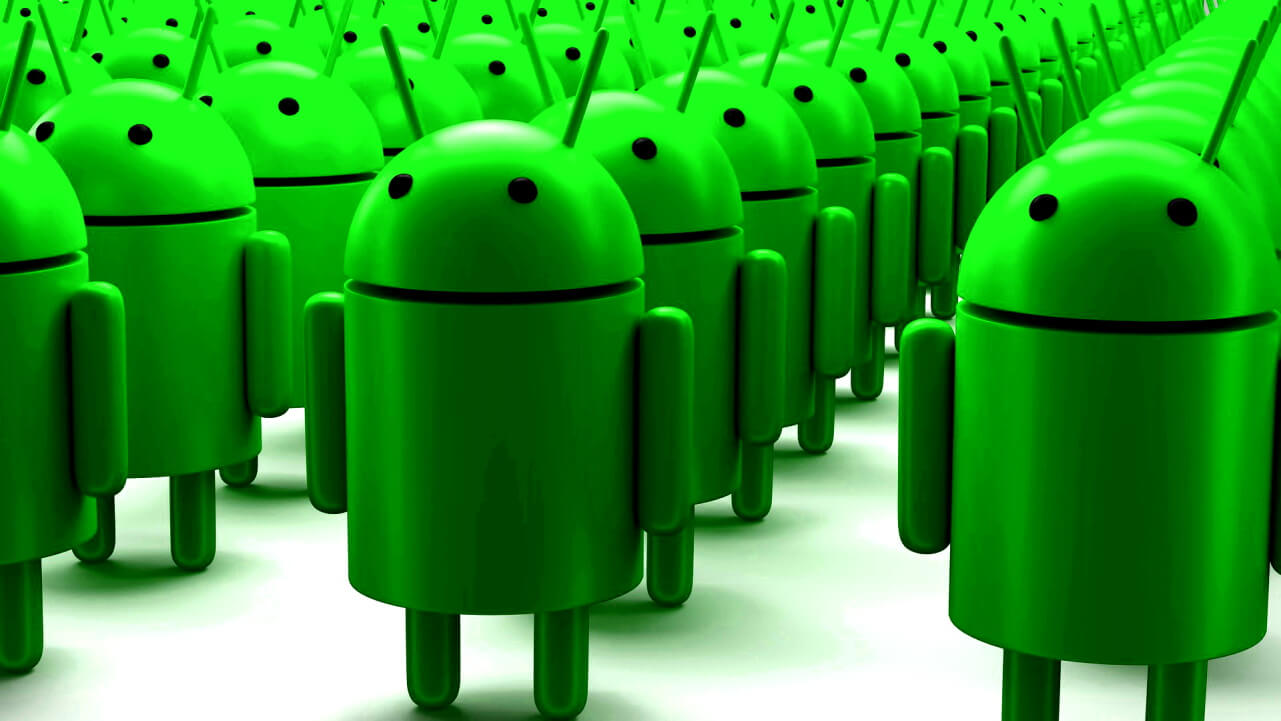Beginning with Chrome OS and ending with Fuchsia, this article explores why Android hasn’t been able to establish itself in the desktop and laptop market and whether Google’s new operating system, Fuchsia, has the potential to disrupt the market and establish Android as a viable operating system for desktops and laptops.
Google’s Android operating system has revolutionized the smartphone industry since its inception in 2008. Android’s flexible and open-source nature allowed device manufacturers to create a vast range of smartphones, from budget to high-end models, catering to diverse market segments worldwide. Today, Android dominates the smartphone market with an 85% market share, leaving its competitors, such as Apple’s iOS, far behind.
While Android has been successful in the mobile industry, it hasn’t been able to establish itself in the desktop and laptop market. Currently, Microsoft’s Windows and Apple’s macOS are the leading desktop operating systems, leaving Android far behind. However, the question arises, when will we have a widely used Android operating system for desktops and laptops? In this article, we will delve into the reasons why Android hasn’t made its way into the desktop and laptop market and whether we can expect to see a widely used Android operating system for these devices in the future.
One of the main reasons Android hasn’t been able to establish itself in the desktop and laptop market is the difference in user behavior between mobile and desktop platforms. People use smartphones for quick, on-the-go tasks such as messaging, social media, and email. On the other hand, desktops and laptops are used for more complex and time-consuming tasks such as writing documents, programming, designing, and video editing. These tasks require more powerful processors, larger screens, and sophisticated input devices such as a keyboard and mouse, which are not optimized for the Android platform.
Another reason is the lack of applications that are optimized for desktops and laptops. Android has a vast library of applications designed for smartphones, but the same applications do not work efficiently on desktops and laptops. In contrast, Windows and macOS have a plethora of desktop-optimized applications catering to various use cases, making it challenging for Android to establish itself in the market.
Google has attempted to bridge this gap with its Chrome OS, a lightweight operating system designed for low-end devices such as Chromebooks. Chrome OS runs on a modified version of the Linux kernel and utilizes the Chrome browser as its primary interface, making it an excellent choice for users who require basic computing needs such as web browsing, email, and document editing. Chrome OS also supports Android applications, making it possible to use mobile applications on a desktop or laptop. While Chrome OS has gained some popularity in the education and low-end markets, it hasn’t been able to establish itself in the mainstream desktop and laptop market.
Another initiative by Google to bring Android to desktops and laptops was the Android-x86 project. The project aimed to port Android to the x86 architecture, which powers most desktop and laptop devices. The project’s primary focus was to create a stable and reliable Android distribution that could be installed on any x86-based device. While the project succeeded in bringing Android to the desktop, it faced challenges in delivering a user experience that was optimized for desktops and laptops. The project received limited support from device manufacturers, leading to compatibility issues and limited hardware support.
Despite the challenges, there have been recent developments in the Android for desktop and laptop space. Google has been working on a new operating system called “Fuchsia,” which is designed to run on various devices, including smartphones, tablets, laptops, and smart home devices. Fuchsia is built on a new microkernel called “Zircon,” which is designed to be scalable, secure, and efficient. The operating system’s user interface is designed to be flexible and adaptive, allowing it to adapt to various screen sizes and form factors.
While Google has not yet confirmed the release date for Fuchsia, the operating system has been in development since 2016, and there have been several public sightings of Fuchsia running on various devices. The operating system’s compatibility with Android applications has also been a key focus of the development team, making it possible to run Android applications natively on Fuchsia.
Fuchsia’s potential success in the desktop and laptop market is still uncertain, given the dominance of Windows and macOS. However, Google’s track record in the smartphone industry and its vast resources suggest that Fuchsia has the potential to disrupt the market and establish Android as a viable operating system for desktops and laptops.
While Android has been successful in the smartphone industry, it hasn’t been able to establish itself in the desktop and laptop market due to differences in user behavior and the lack of desktop-optimized applications. Google has attempted to bridge this gap with initiatives such as Chrome OS and the Android-x86 project, but these have had limited success. The development of Fuchsia, Google’s new operating system designed for various devices, including desktops and laptops, is a promising development that could change the future of operating systems. However, its potential success in the market remains uncertain, and only time will tell whether Android will be widely used on desktops and laptops.

